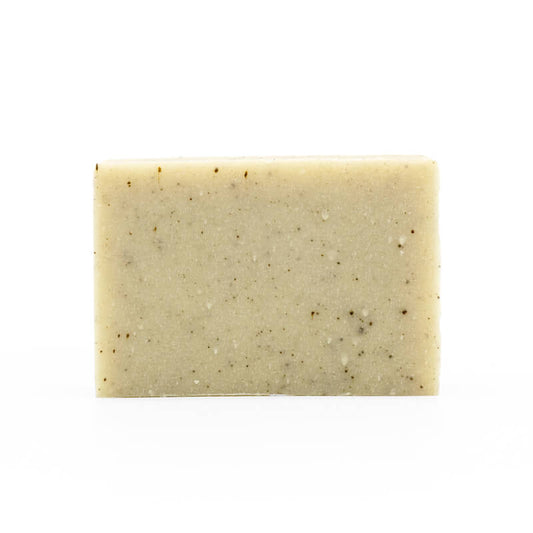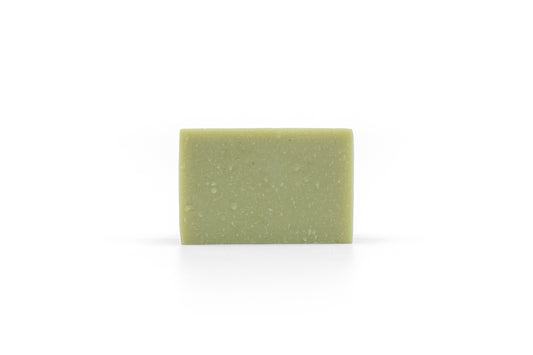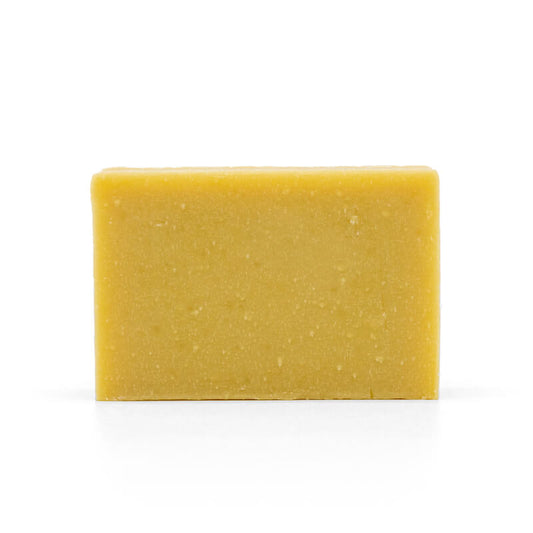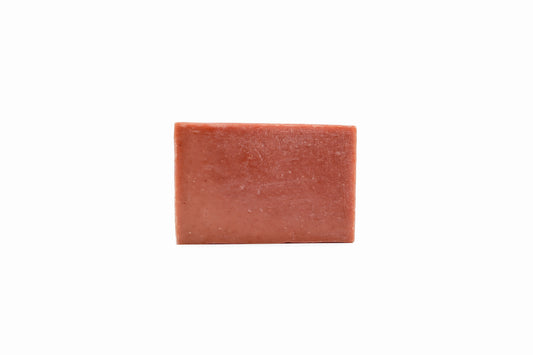Organic Virgin Olive Oil

For countless centuries, olive oil has been a central component in the manufacture of bar soap, first becoming popular as a soap ingredient in the area around the Mediterranean Sea where olive trees were plentiful. It's no surprise that this beautiful golden plant fat is also used as one of the main ingredients in Beaverton’s cold process soaps.

Fresh green olives ; Image: The Spruce Eats/ValentynVolkov/Getty
Olive oil has a broad range of uses. Appearing in cosmetics, skin care products, pharmaceuticals, and of course foods, this ubiquitous plant oil is extremely versatile, and at one point it was even used as fuel for lamps. Traditionally produced by pressing olives with great force, a notable amount of the olive oil available today is still made with ancient presses powered entirely by hand crank, although hydraulic presses were introduced about 200 years ago and also account for a significant amount of olive oil production. Terms like “virgin” and “extra virgin” are used to describe the olive oil which is collected after the very first round of pressing, when the olives are at their freshest. Even though they tend to have a higher price tag, these virgin oils have a greater proportion of the micronutrients found in olives and often have a more pleasant aroma, which is why Beaverton’s chooses to use virgin olive oil in place of cheaper varieties.

An olive tree orchard ; Image: Olive Oil Times
As an ingredient in soap, olive oil is extremely popular. The particular ratio of unsaturated fatty acids found in olive oil is great for making soaps that are gentle on the skin. By a wide margin, oleic acid is the most prevalent fatty acid found in olive oil, and it is this particular fatty acid that gives olive oil based soaps a soft and soothing lather. Small amounts of palmitic acid and stearic acid are also found in olive oil, contributing to the cleansing action of olive oil soaps. A tiny portion of the oleic acid and linoleic acid in olive oil is left over in Beaverton’s soaps after they have finished curing, so that they can benefit the skin with their powerful conditioning and moisturising properties; these two fatty acids penetrate the skin and balance its natural ceramide oils without clogging pores. Linoleic acid also displays antiinflammatory and antioxidant properties, in addition to helping the skin maintain a healthy turnover of new cells.

A bowl of olive oil ; Image: UC Davis Health
Not only is olive oil a source for nourishing fats, but it also contains micronutrients which further add to its desirability. Of these, vitamin E is perhaps the most well known. When used on the skin, vitamin E acts as a strong antioxidant and antiinflammatory, and it is believed to promote rapid healing and immune function. Vitamin E containing oils are also known to be helpful for soothing itchy and flaky skin. Olive oil contains both vitamin K and iron as well, both of which help the skin to fight off and repair damage.

A spoonful of fresh black olives ; Image: Week&/Getty
With both attractive lathering properties and health benefits for the skin, olive oil certainly deserves its place in Beaverton’s soaps. A welcome ingredient, olive oil brings its universal appeal to the world of cold process soap.







